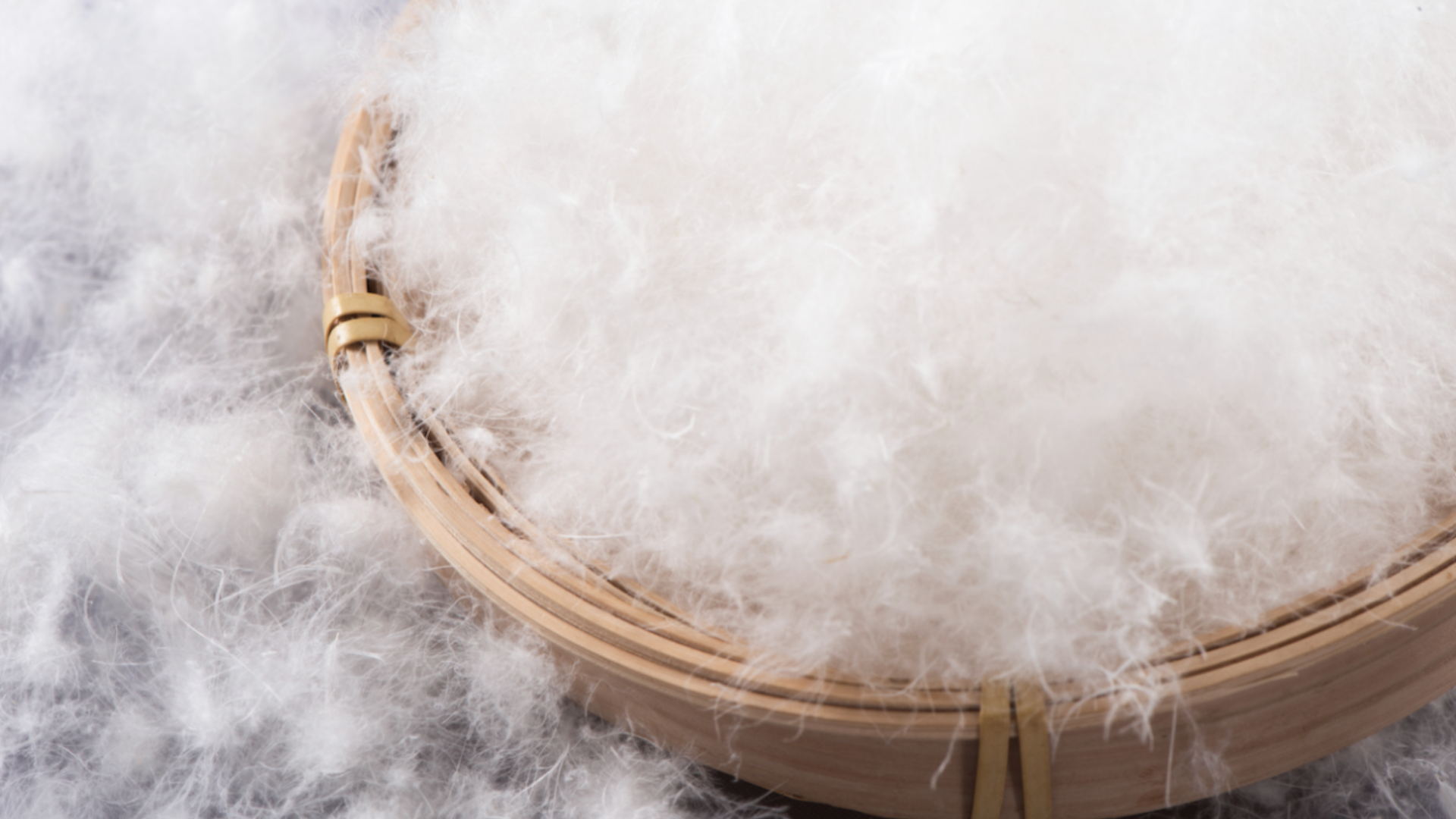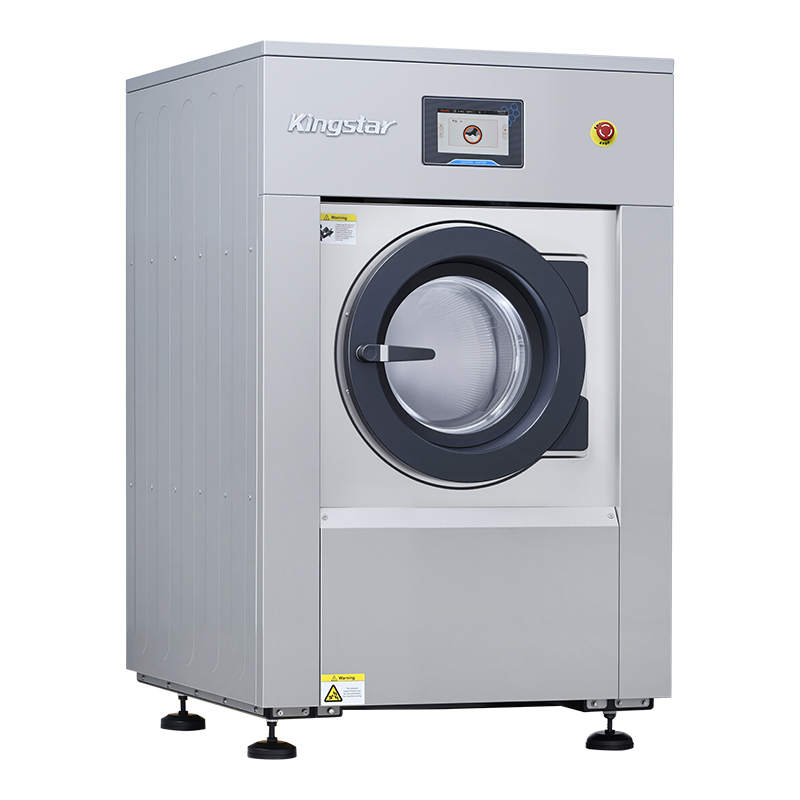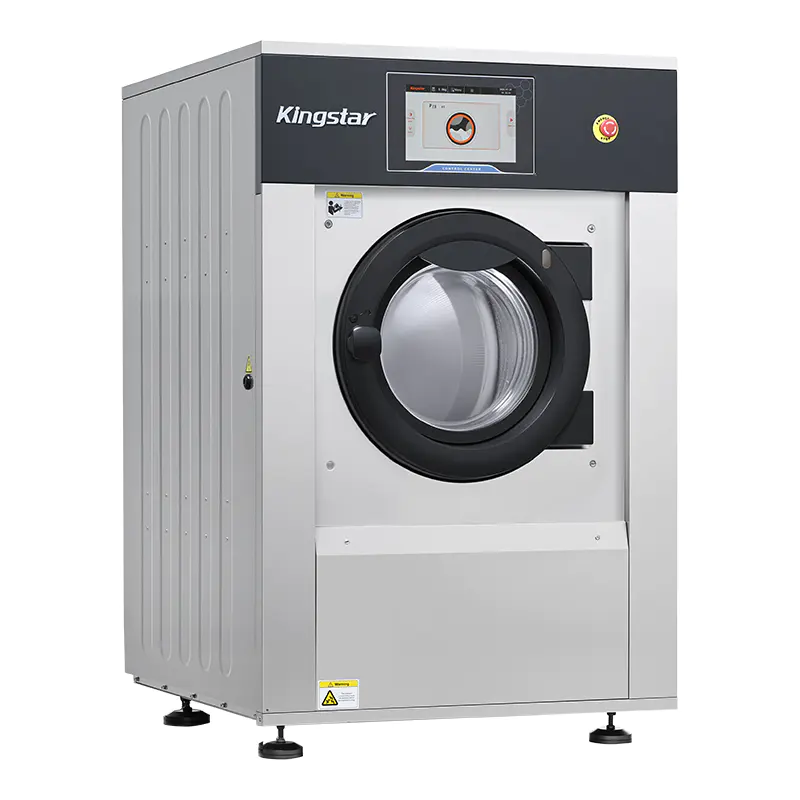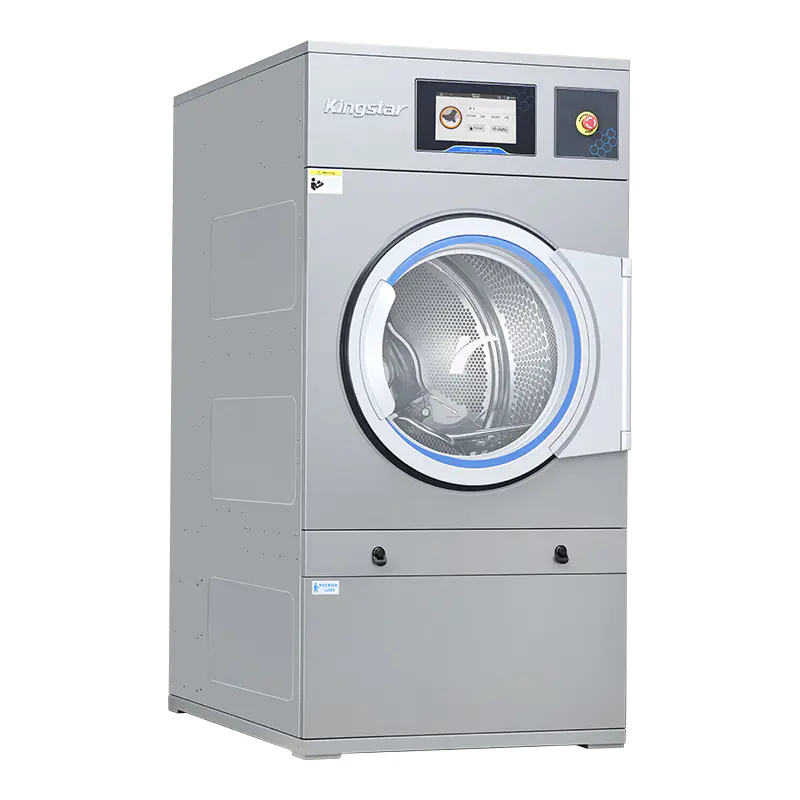
Why Do Down Jackets Lose Warmth After Only a Few Years of Wear?
After winter sets in, many people take out their down jackets from the closet as the weather gets colder, and the number of down jackets being washed at laundries increases greatly. Some people may find that the warmth retention effect is much worse than before. So what causes the decrease in warmth retention? Both laundries and customers need to pay attention to some aspects.
Improper Cleaning Methods
In daily wear, down jackets may be contaminated by all kinds of dust and stains. After a winter, down jackets need to be washed several times. Improper washing methods do harm to down jackets.
● Dry cleaning
Down jackets are heavy and have serious stains after being worn for a long time, so that many people send them to a laundry shop for cleaning. Wrong dry cleaning method will damage the warmth retention of the down jackets. The principle of dry cleaning is using organic solvents to dissolve the stains on the surface of the clothes and then letting the organic solvents evaporate.
This can achieve a “dry in, dry out” effect. Currently, common dry cleaning solvent is perchloroethylene. It has a high cleaning rate, and can effectively remove oil stains and other dirt from clothes. It also evaporates easily, which leaves little residue on clothes.
- Drawbacks
It damages the protein components in down, makes down harden, and reduces insulation properties.
Additionally, its degreasing effect can lead to down felting, clumping, and hardening, which causes loss of fluffiness.
It can also badly affect the wind resistance of some down jacket fabrics. Many fabrics rely on coatings for windproof and waterproof functions, but perchloroethylene reacts with most coatings and causes them to peel off or crack. This also greatly harms the jacket’s warmth retention.
As a result, many down jackets clearly mark “Do not dry clean” on their care labels.
● Water cleaning
In contrast, down jackets are actually more suitable for water washing. However, washing down jackets is not as simple as simply throwing them into a washing machine. When down gets wet, it will aggregate into lumps under the repeated high-speed rotation and stirring of the roller. After drying, the down in the down jacket cannot be evenly distributed, and its heat retention performance is affected badly.
In some extremely unexpected situations, machine washing can even cause down jackets to burst on the spot. Due to issues with the fabric and stitches, some down jackets may face more or less down leakage problems. Improper washing methods can even pull and damage the fabric, causing larger gaps at the fabric joints and making it easily leak down.
- Right cleaning method
If people want to use industrial washing machines, they should select professional down jackets cleaning mode. If the down jackets’ fabrics are complicated, the wet cleaning machine can be chosen because it can wash down jackets made of more different fabrics.
When washing, it is necessary to pre-wash the down jacket to soak and moisten it, so that down clusters can be evenly moist. This can also reduce the damage to the down clusters caused by washing.
- Detergent
In addition to the washing method, when washing down jackets, neutral detergent or special detergent for down jackets should also be chosen to avoid damage to the down components caused by other detergents.
- Drying
An industrial dryer can be used for drying. When drying, do not fill the bucket too full. Leave enough space for the down jacket to stretch out and regain its fluffiness.

Customers’ Improper Storage Methods
The key to keeping a down jacket warm lies in the down it is filled with. The loss of a down jacket’s warmth retention performance is mainly due to the fact that the down itself is no longer good.
Both goose down and duck down have a service life. Goose down has a relatively longer lifespan, approximately 15 years, while duck down lasts only about 10 years. In long-term use, the tiny down fibers and quill branches will break and decompose, leading to a decline in the warmth retention of down jackets. Improper storage methods will further shorten the lifespan of the down, making the jacket lose warmth after just three to five years, or even one to two years of wear.
● Wrong way of storage
When winter ends, many customers choose to store their down jackets in vacuum-sealed compression bags until the next winter.
Prolonged and forceful compression causes the quill branches of the down clusters to remain bent for a long time, and even entire clusters may break directly. Even after re-inflation, the down cannot return to its original fluffy state. This significantly reduce both the loft and insulation performance of the jacket.
Similarly, keeping down jackets pressed under other clothes or heavy objects for a long time can also damage the three-dimensional structure of the down, which greatly impairs the warmth retention. If down jackets are stored roughly like this every year after winter, they will naturally not last more than a few years.
● Right way of storage
Under suitable conditions, it is best to hang down jackets in a clean, dry environment, avoiding being squeezed from surrounding clothes to maintain their fluffiness.
If compression storage is really necessary, people should avoid excessive compression. It is advisable to keep about two-thirds of the original volume. Compressed down jackets should not be stacked horizontally as much as possible, to prevent the weight of other clothes from further damaging the structure of the down.
Conclusion
Laundry shops can communicate with the customer about the above points. This not only helps the customers improve the service life of the down jackets but also improve the professional image of the laundry shop and bring laundry shop closer to customers. All in all, as long as it is properly maintained, the service life of a down jacket can reach over a decade, which is actually quite long.
ADD:No.388 Xinggang Road, Chongchuan District, Nantong City, 226000, Jiangsu Province, China.
-
Phone: +86-13917089379
-
Tel:+86-13917089379
-
Fax:+86-0513-85663366
-
E-mail:[email protected]








